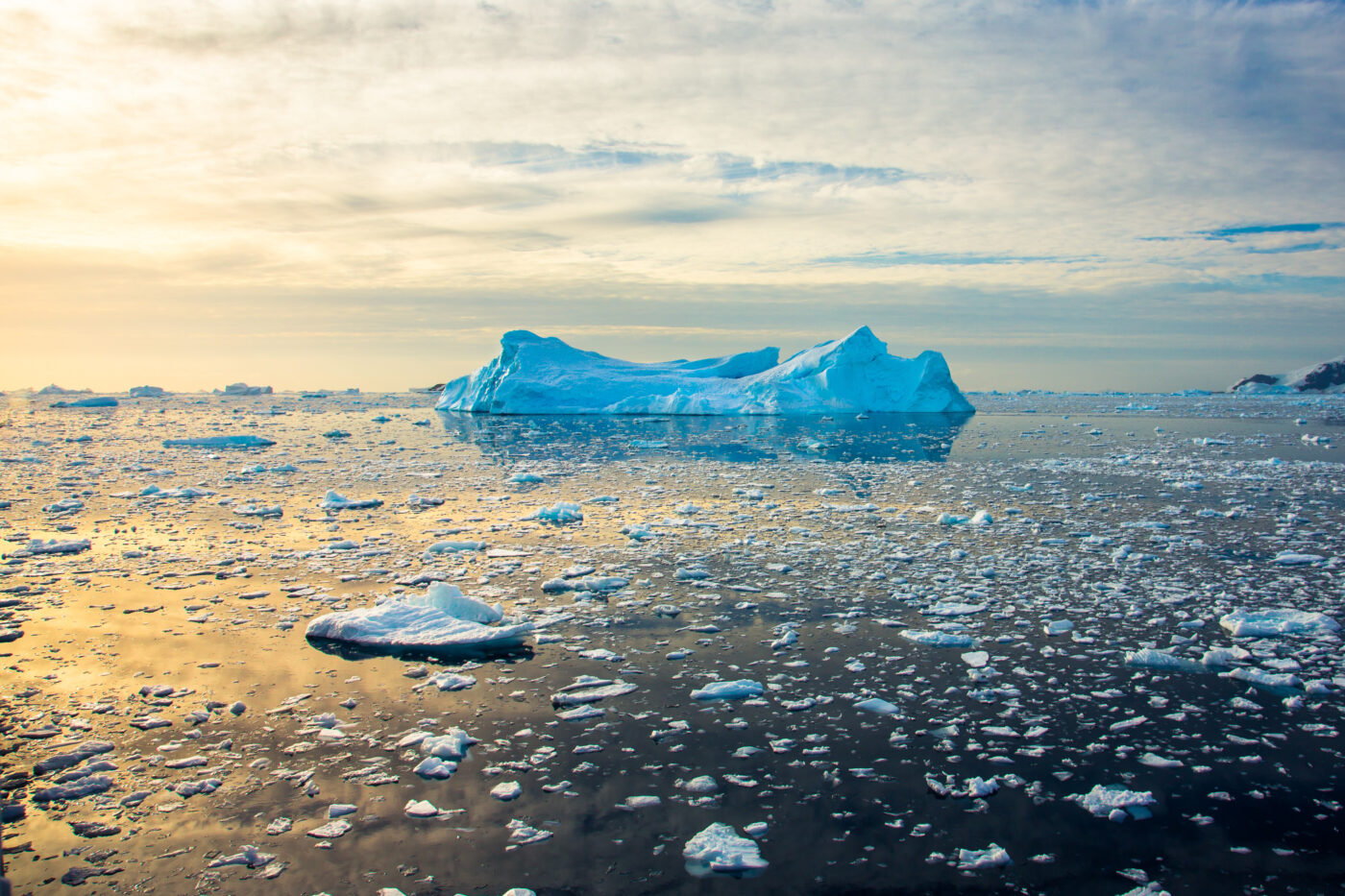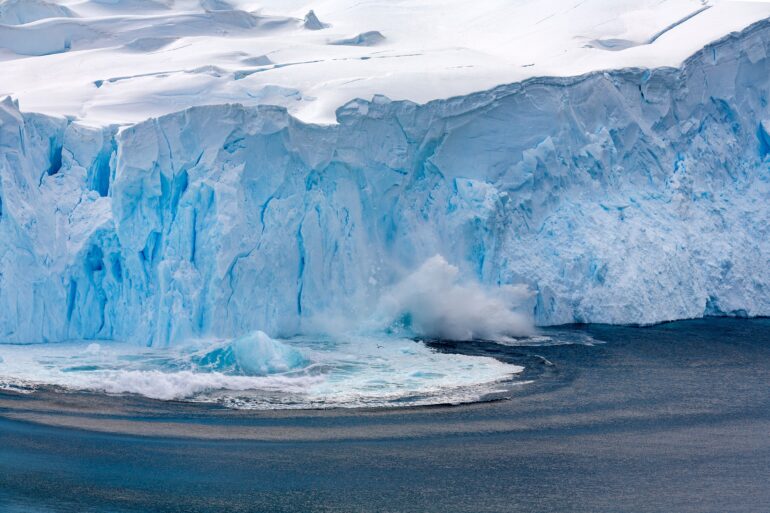As the Northern Hemisphere grapples with record summer heat, an alarming climate record is breaking in the depths of the Antarctic winter. Antarctic sea ice, which normally expands during the winter months, has plunged to unprecedented low levels, raising alarm among scientists around the world. Is it about the disappearance of the ice in Antarctica?!
Sea ice in Antarctica it usually shrinks to its smallest size towards the end of February, during the continental summer, and then gradually recovers over the winter. However, this year has deviated from the norm. Sea ice has not recovered to expected levels and is currently at the lowest levels for this time of year since records began 45 years ago. The ice is about 1.6 million square kilometers (0.6 million square miles) below the previous winter record set in 2022, according to the National Snow and Ice Data Center (NSIDC).
There was sea ice in Antarctica in mid-July 2.6 million square kilometers (1 million square miles) below the average from 1981 to 2010. That's an area nearly as large as Argentina or the combined areas of Texas, California, New Mexico, Arizona, Nevada, Utah, and Colorado. This drastic decrease in sea ice has been described by some scientists as a once-in-a-million-year event, signaling a significant shift in our planet's climate system.
Several factors are contributing to the loss of sea ice, including the strength of westerly winds around Antarctica, which have been linked to an increase in planet-warming pollution. "Warmer ocean temperatures north of the Antarctic Ocean boundary mixing into water that is normally somewhat isolated from the rest of the world's oceans is also part of this idea of how to explain it," Scambos said.
In addition, sea ice in Antarctica helps regulate the temperature of the planet. Sea ice reflects incoming solar energy back into space. As it melts, it exposes the darker ocean waters below, which absorb the sun's energy, further accelerating global warming.
Record low sea ice level this winter is a stark warning signal. As one scientist put it, "something important in a large part of the planet is suddenly behaving differently from what we've seen in the last 45 years." This dramatic change in Antarctic sea ice is a clarion call to action for humanity to tackle the growing climate crisis.









